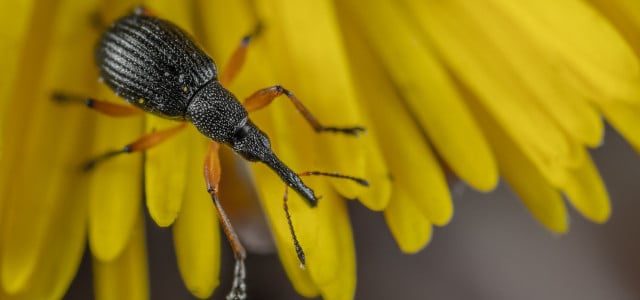
The weevil and its larvae can be dangerous for your garden if they appear in masses. We show you how to recognize the weevil and control it as gently as possible.
The nocturnal weevil feeds on the leaves of your plants. Depending on the species, the weevil always prefers a certain plant family. The eaten foliage is not pretty to look at, but the real danger for the natural garden comes from the larvae of the weevil. These live in the soil and eat the roots of the infested plants. In this article you will learn how to recognize the weevil early and how to get rid of it.
Contents
The weevil: how to recognize it
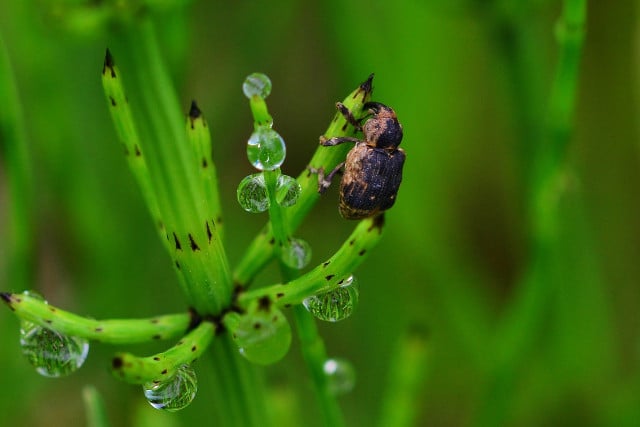
While the adult weevil primarily preys on the leaves of rhododendrons and other host plants, the larvae nibble on the roots and weaken the plants even more. Before you can protect your garden and combat a weevil infestation, however, you must be able to recognize it.
- Adult Weevil: The nocturnal weevils get their name because of their trunk-like shaped head. At the top of this head are the mouthparts with which the weevil eats. Weevils have a dark colored body protected by a hard chitinous shell.
- Weevil larvae: Weevils lay their eggs in the soil or directly in the plant. If the soil is warm and moist enough, the larvae hatch after only a few days. The larvae themselves have no legs, are white and have a curved shape that resembles maggots. They also have a dark head and powerful mouthparts with which they can eat roots and bite tunnels into the plants.
Weevils: These plants it likes
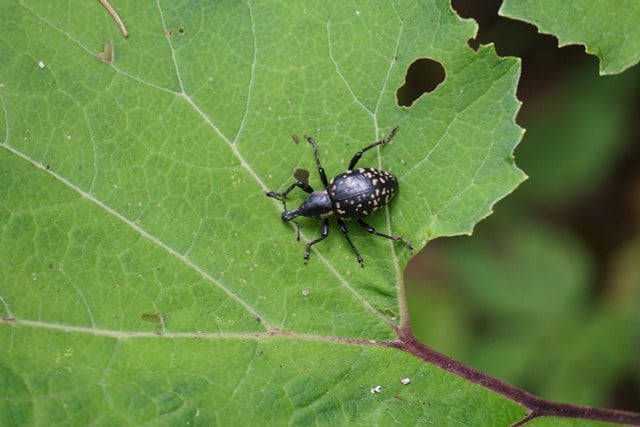
There are over 5,000 different species of weevil. Each species prefers a different plant family, which is why the weevil can be so dangerous to your garden. To help you know which plants to keep an eye out for, here’s a list of species that are particularly vulnerable to the weevil:
- Rhododendron
- Berries such as strawberries, raspberries, blackberries, currants
- Vegetable plants such as cabbage, peas, beans, radishes
- Rape
- Roses
- Vines
You can recognize infested plants by the fact that their leaves have semicircular feeding spots on the edges.
Prevent weevil infestation
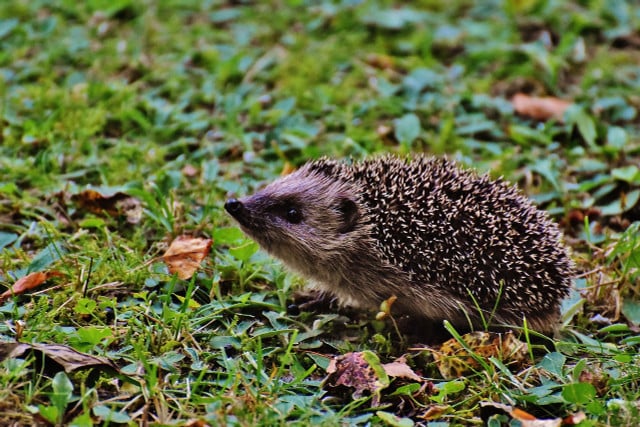
If you want to prevent your plants from falling victim to the weevil in the first place, you can give them extra protection with some precautionary measures:
- Protect natural enemies: A natural garden is the best way to prevent weevils because it attracts the weevil’s natural enemies. Piled autumn leaves, stone walls and ground covers are ideal hiding places for hedgehogs, mice and centipedes. The more such naturalistic corners you create in your garden, the more predators will settle and the less you will have to fear the weevil.
- Do not use peaty potting soil: Weevils prefer to lay their eggs in peaty soil. Therefore, if you want to prevent an infestation, you should only use soil without peat.
- Buy plants from a specialized dealer: You can get healthy and strong plants mainly in well-stocked garden specialty stores and nurseries. There, seeds and young plants are also regularly checked for weevil larvae.
- Place wooden boards around endangered plants: During the day, the nocturnal weevils hide in dark places. This behavior can be very useful for you. If you lay out some wooden boards around the endangered plants, chances are good that the weevils will crawl under them to sleep. Then you can simply remove the boards during the day, along with the weevils, and release them in a place where they can’t do any damage.
- By the way: If you discover only one or two weevils in your garden, this is no reason to worry. In fact, weevils are very useful because they work the soil and loosen it naturally. You only have to fight weevils when they appear in large numbers and cause massive damage to your plants.
Fight the weevil with natural means
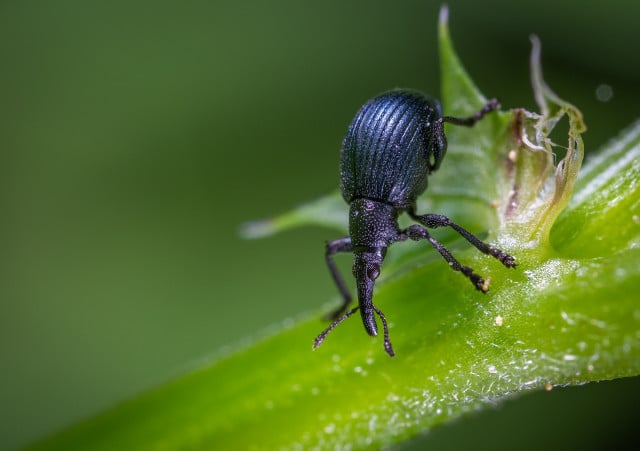
If the weevil has spread too far and caused initial damage to your plants, you need to act quickly. Otherwise, the infestation will quickly weaken young plants in particular to such an extent that they will die. You can control the weevil naturally with the following methods:
- Collect adult weevils: The easiest way to get rid of adult weevils is to collect them from the leaves. However, since the weevil is nocturnal, you must do this after sunset. Alternatively, you can place flower pots under the infested plants and fill them with wood wool. The beetles will seek shelter in them during the day, making it easier for you to pick them off and set them far away from your garden.
- Nematodes: Nematodes are threadworms that are only about 0.1 millimeters in size. You can get them at any well-stocked garden supply store and simply mix them into your irrigation water. The best thing about this method is that, depending on the species, you can control both the larvae and the adult weevils with nematodes.
- Neem oil: Neem oil has a strong deterrent effect on weevils. In addition, the herbal remedy prevents the larvae and eggs from developing properly. Against the larvae sitting in the soil, you can simply water the infested plants with neem oil. The best way to get rid of the adult beetles is to spray the leaves with the product as well.


